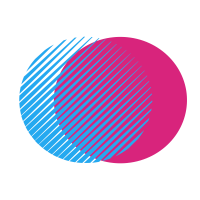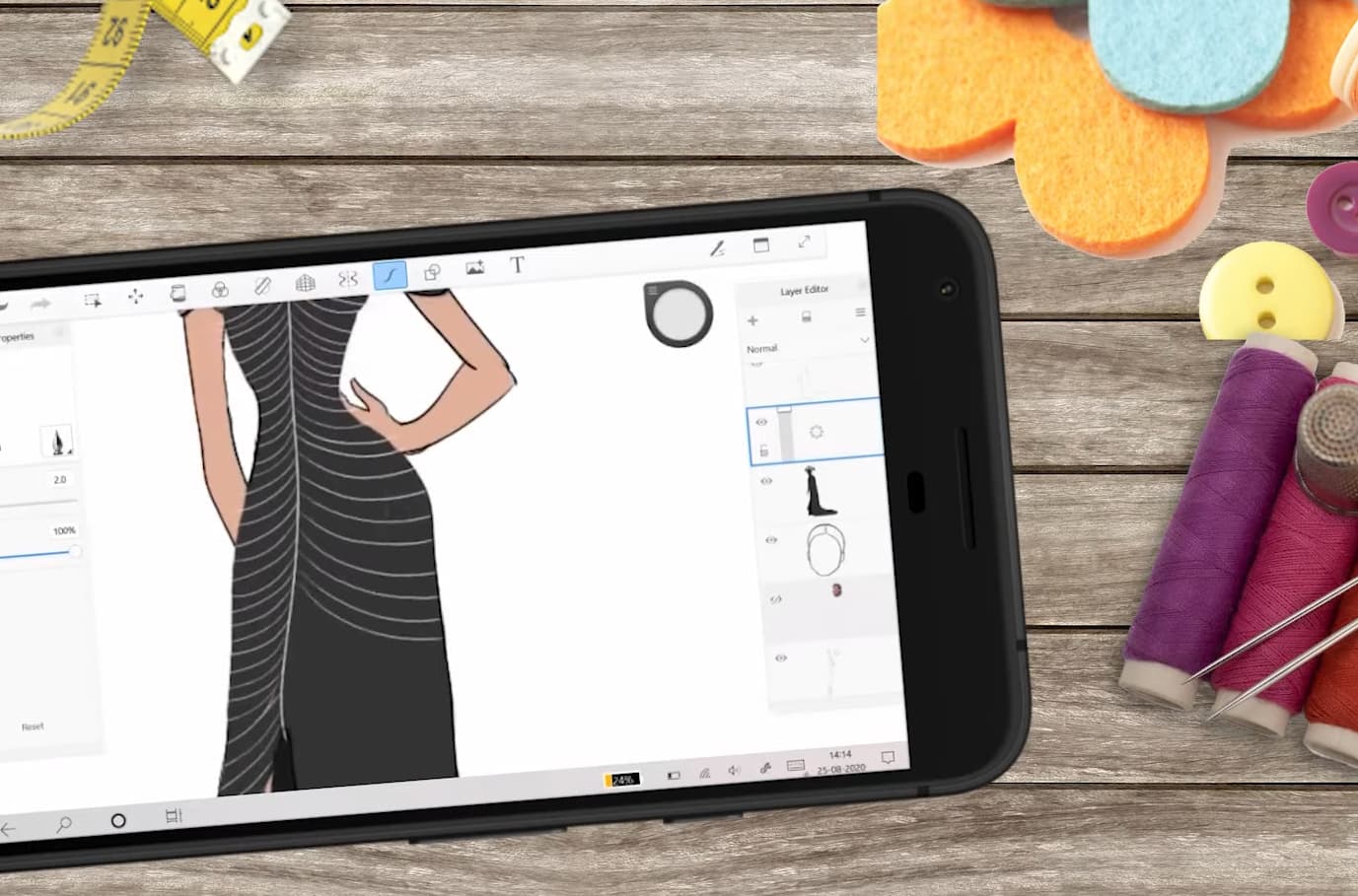What Software Do Fashion Designers Use?
2D and 3D garment visualizations are possible using the best clothing design software. Many apps used by fashion designers also include the ability to craft sewing patterns. Such professional tools may also be used to create thousands of color and pattern choices that bring clothing creation to life.
Fashion designers often use special PC programs to create initial sketches of their designs. This helps them to visualize their ideas and make changes before moving on to the next stage. Designers can also use these programs to develop patterns, plan collections, and track trends.
There is various software available for fashion designers, but some of the most popular include Adobe Photoshop, Illustrator, and InDesign. These tools allow designers to create digital sketches, illustrations, and photos. They can also be used to create website layouts, brochures, business cards, logos, and more. For more useful tools you can check posts about software on SoftwareProfy.
In this blog post, we will take a closer look at each of these programs and discuss what they are used for.
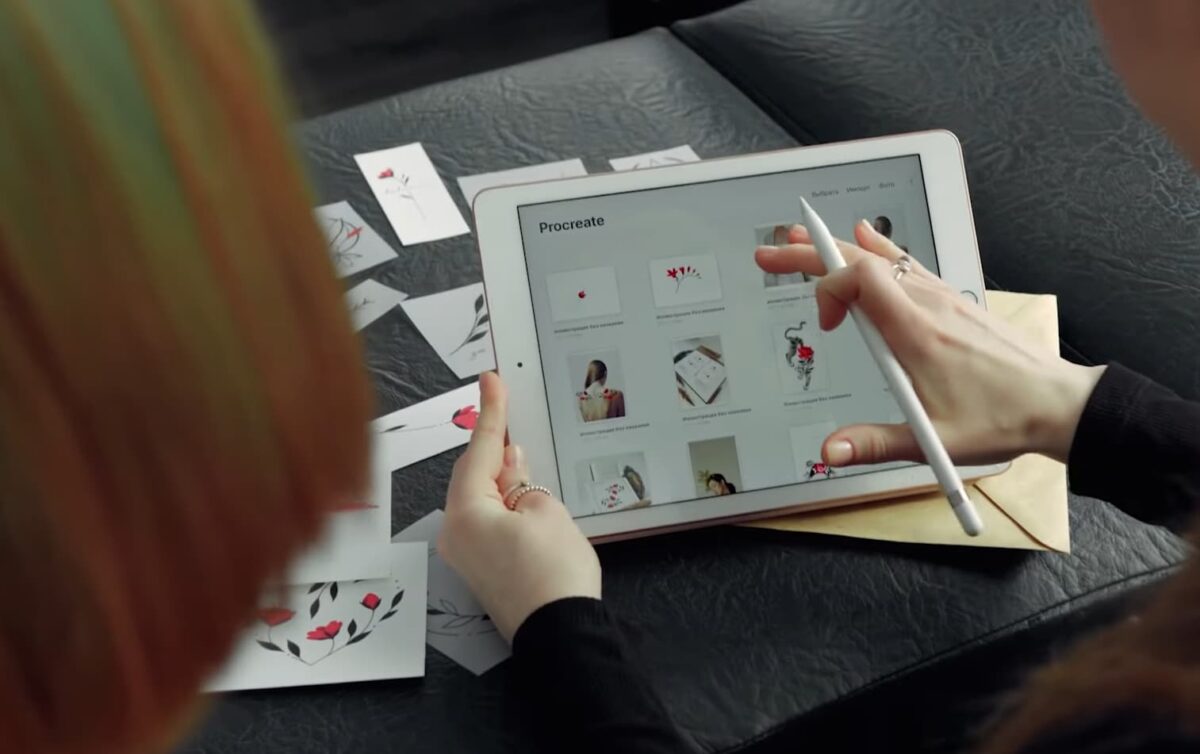
Do Fashion Designers Use Special Software?
Today, both fashion designers and students utilize special PC tools, apps, and programs to help create clothing designs. In reality, practically everyone connected with the apparel sector today relies on computer-aided designs!
By automatically calculating design elements, these tools save designers a lot of time. They can also do amazing things like converting an idea for clothing into a 2D sewing pattern. Some programs may even print a clothing design out on a 3D printer to provide a real 3D view!
Digital design ideas also provide for simple sharing. They assure that every level of the design, from product creation to final sale, is faithfully represented.
This is why an ever-growing number of fashion designers are using programs in their work. If you’re thinking about a career in fashion design, it’s important to become familiar with the different software types available.
The days of creating an artistic concept on paper are long gone.
Students in design colleges use Adobe Illustrator to acquire a fundamental understanding of digital design.
Professional designers have a wide range of CAD tools at their disposal.
What is a CAD design program, and how does it work? A computer-aided design (CAD) system is a special program that allows users to create 3D models with the help of computers. In addition to this, we would recommend reading the KodiProfy Kodi blog.
CAD 3D apps are useful in the early stages of design. They frequently provide choices for color schemes and changing forms and dimensions, as well. Furthermore, the fashion industry is moving toward 3D printed designs nowadays [1].
Three-dimensional designs provide actual depictions of clothing designs. Many 3D printing programs allow garment designers to generate a design that may readily be reproduced in a 3D printer!
Many CAD tools for fashion designers also include features for converting the idea into a sewing pattern. Even the most basic object, such as a T-shirt, usually comprises numerous pieces of fabric sewn together. Each one requires its template or pattern piece.
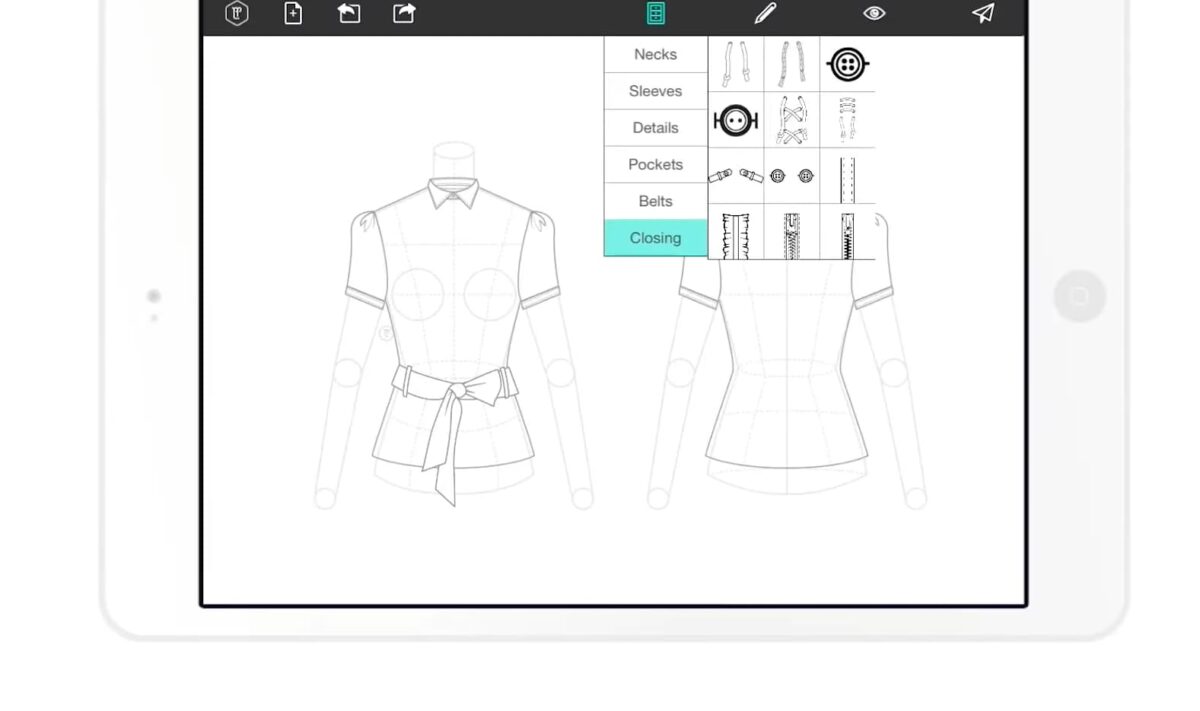
5 Clothing Design Program Options:
1) Adobe Illustrator
Adobe Illustrator stands for a vector-drawing program that fashion designers use to sketch their clothing designs. It is commonly used to create digital illustrations, logos, and other graphics. One of the best things is its compatibility since Adobe Illustrator is available for both Mac and PC platforms.
Most fashion designers use Adobe Illustrator to sketch their clothing designs because the program allows them to easily resize and edit their sketches. Additionally, they can use this user-friendly program to create digital illustrations, logos, or other graphics for their website or portfolio [2].
2) Corel Draw
Corel Draw is another popular vector-drawing program that offers a wide variety of tools and features that make it ideal for fashion design. Some of the most popular features include the ability to create illustrations, sketches, and patterns. Additionally, Corel Draw can also be used to create logos and branding materials.
If you just require a multiple-feature tool, this program is worth considering! It comes with a variety of programs and a complete program package. Everything from vector drawing to collaboration, photo altering, and typography are all covered.
This option may cost less than AI if you purchase certain items. This app also offers advanced design tools that you won’t find elsewhere, as well as a community of artistic users to collaborate with!
3) Digital Fashion Pro
This design-ready program allows you to design your clothes and accessories. It comes with a huge library of templates and clip art, so you can create any kind of design you want. You can also use it to create customized garments for people who are unable to find what they’re looking for in stores.
4) Fusion 360
3D design and modeling capabilities are accessible in Fusion 360. This tool isn’t designed specifically for the fashion industry, but it does allow you to master some amazing 3D tools! These days, a lot of attention is being paid to 3D models in the fashion business. As a result, you might want to invest in this application and use it to create clothing designs.
You may utilize Fusion 360 to sketch, direct models, surface models, and freeform models. You can also produce simulations and collaboratively exchange data with this program!
5) Smart Designer
3D and 2D garment sketches are available in Smart Designer, a Korean-based fashion design CAD program. It also includes industry-specific features such as draped clothing or the creation of woven fabric vs knit fabric apparel.
This product, like most comprehensive design tools, includes methods for turning your design ideas into 2D sewing patterns. This cutting-edge tool, while having a lot of potential, appears to be in its infancy [3].
The Best Clothing Design Programs for MAC
Adobe Photoshop is one of the most popular MAC software options if you are into digital fashion design. It’s widely used by professionals and amateurs alike, and it has a wide range of features that make it perfect for designing clothes. However, Photoshop can be expensive, so it might not be the best choice for everyone.
Etelestia is a popular 3D and 2D concert design program for MAC. The firm also has design courses, a pattern-drafting tool, and a special initiative called Solutions for Designers to assist designers [4].
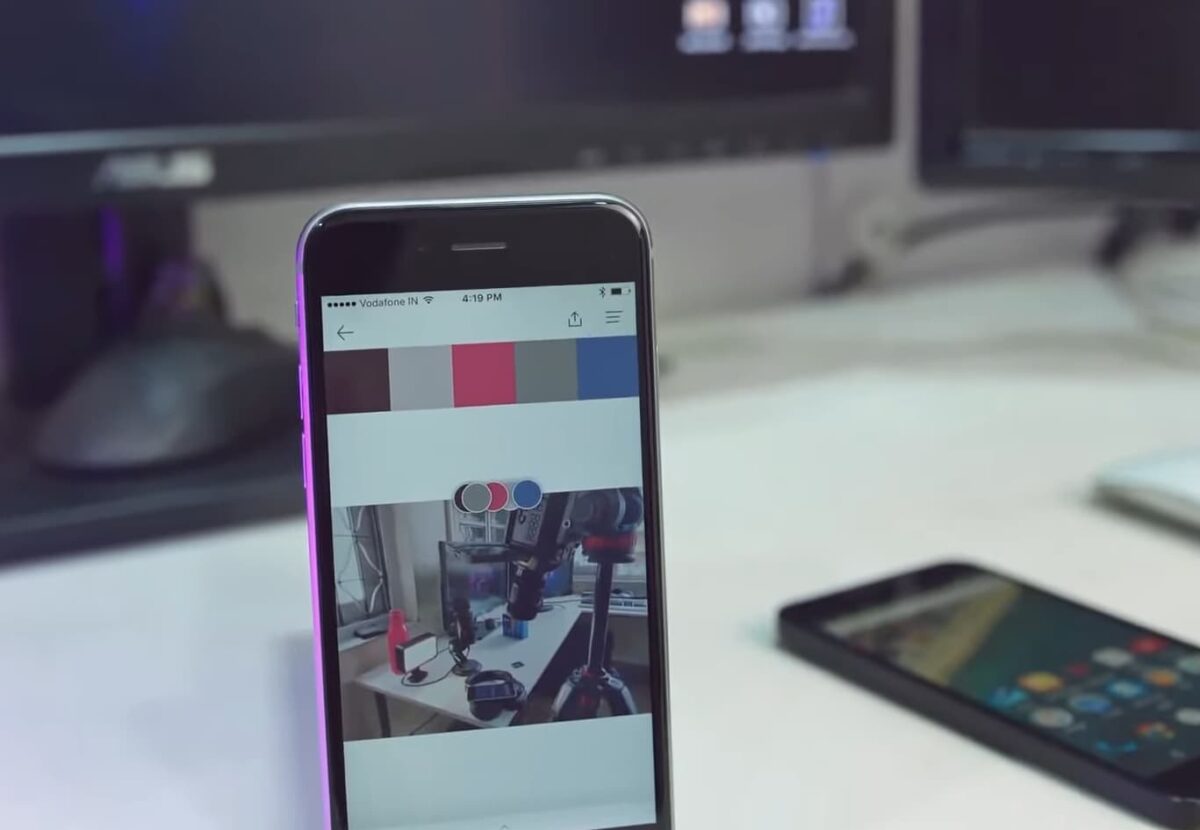
How to Design Clothes on the Computer?
Any special fashion program typically allows you to create digital sketches of your clothing designs and ideas. You can use such programs to experiment with different styles, colors, and fabrics before you commit to making a physical garment.
There are many different special programs for fashion designers available, ranging from simple programs that let you draw basic sketches to more complex ones that allow you to create detailed 3D models of your garments.
Some popular options for fashion designers include Adobe Illustrator, Photoshop, and Inkscape. If you’re just starting, you may want to consider using a simpler program like GIMP or Paint. NET.
Once you’ve decided on a program, you’ll need to choose the right fabrics for your garments. You can find fabric online or at your local fabric store. When choosing fabrics, it’s important to consider the weight, texture, and color of the fabric. You’ll also need to decide if you want to use natural or synthetic fibers.
After you’ve chosen your fabrics, it’s time to start designing! Begin by sketching out some basic designs or ideas. Once you have a few sketches, you can start creating digital versions of your garments. Experiment with different colors, patterns, and textures to create unique looks.
To get your bearings as a small business owner, you may want to consider taking an online class or attending a community college.
FAQ
1. Which program/software is considered the best for fashion designers?
There is no one-size-fits-all answer to this question, as the best program for fashion design depends on the specific needs of the designer. However, some popular tools used by fashion designers include Adobe Photoshop, Illustrator, and InDesign.
What other programs do fashion designers use? Depending on their area of specialty, fashion designers may also use sketching or CAD (computer-aided design) programs such as Rhinoceros or FashionCAD. Patternmakers and garment constructors often use specialized patternmaking tools such as Optitex or WinSPIRS.
2. What programs do fashion designers use to sketch?
Some designers use Sketchbook Pro or other digital painting programs. Patterns are typically created in Illustrator or Photoshop using a template or by hand-drawing them. Once the pattern is complete, it can be exported as a PDF or image file and sent to a production team [5].
3. What is 3D fashion design?
Three-dimensional (or 3D) fashion design is the process of designing clothing and accessories in a digital format. This type of design is often used in the creation of prototypes or samples, as it allows designers to see how their garments will look without having to create a physical prototype.
Adobe Photoshop and Illustrator apps allow designers to create digital sketches of their designs, as well as manipulate photographs and illustrations to create realistic 3D images.
4. Do fashion designers get paid well?
In 2020, fashion designers made a median yearly income of $75,800. The best-paid 25% received approximately $101,000 that year, while the lowest-paid 25% earned around $54,400 [6].
Fashion designers work in several different ways:
- Some work for fashion houses, designing clothes and accessories for the label;
- Others may be self-employed or freelance, working on a commission from individual clients or retailers; Some designers also work in the costume industry, designing theatrical costumes or uniforms for schools and other organizations;
The most successful fashion designers are usually the ones who have their labels. These designers often create entire collections of clothing and accessories, which are shown at fashion shows and then sold to boutiques or directly to consumers.
